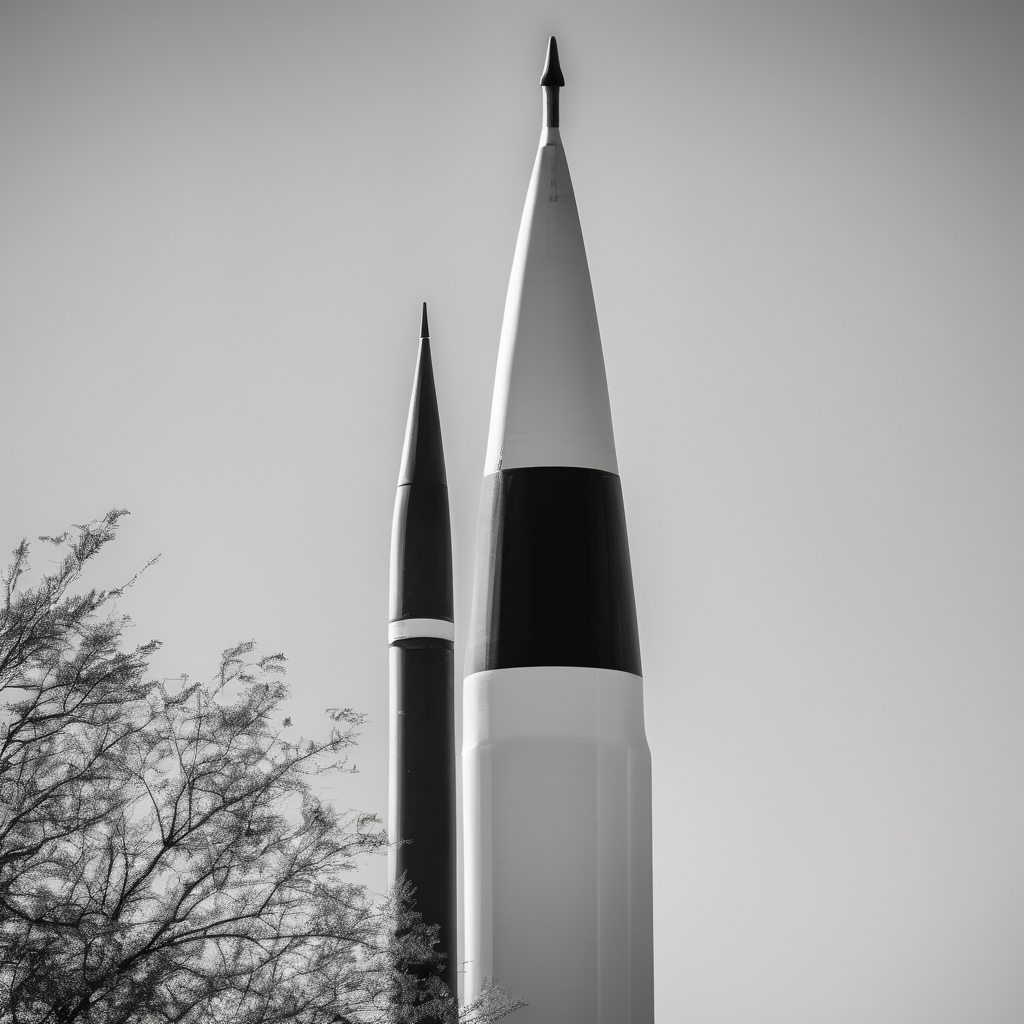President Donald Trump is contemplating the introduction of deep strike Tomahawk missiles to Ukraine in an effort to compel Russian President Vladimir Putin to cease hostilities in the ongoing conflict. Following a phone conversation with Putin on Thursday, Trump is set to meet with Ukrainian President Volodymyr Zelensky at the White House on Friday. This meeting follows earlier unsuccessful attempts to negotiate peace between the two nations. During this time, Trump expressed doubts about the necessity of providing the Tomahawks to Ukraine, suggesting that the U.S. might need them for its own defense.
The Tomahawk missile system could significantly enhance the capabilities of Ukrainian forces, who have increasingly relied on long-range weapons and drones to target Russian assets. Attacking Russian energy infrastructure has become a key priority for Kyiv, with recent actions showing a measurable impact on Russian energy markets.
The Tomahawk is a long-range cruise missile that has been in service since the 1980s, known for its ability to evade radar and navigate complex environments using advanced guidance systems. Capable of carrying various types of warheads, including cluster munitions and high-explosives, it can be launched from submarines, warships, and mobile ground systems.
In past military operations, such as the recent attack on Iranian nuclear facilities, Tomahawks have proven effective, showcasing their ability to deliver precision strikes over considerable distances—up to approximately 1,550 miles for certain variants. This range allows Ukraine to strike targets deep inside Russian territory, making it a game-changer in their military strategy.
However, the potential deployment of Tomahawks raises concerns about escalating tensions with Russia. Experts suggest that if the U.S. were to proceed, it could take a month or two for Ukrainian forces to effectively integrate and utilize the missile system. During this period, the U.S. would likely provide intelligence regarding potential targets, ultimately maintaining control over the missile’s deployment.
The availability of Tomahawks is uncertain, as the Pentagon is mindful of future needs and the existing military stockpile has been diminished due to recent operations. Nevertheless, a senior NATO official indicated that the addition of this advanced weaponry could bolster Ukraine’s military efforts, thereby increasing destructive capacity against Russian targets.
Ukrainian forces have already demonstrated their striking ability against Russian infrastructure, attacking energy facilities and military sites well beyond their borders, with reports indicating that nearly 40 percent of Russia’s refining capacity is currently out of commission due to these strikes. The introduction of Tomahawks could exacerbate these challenges for Russia, potentially driving them toward negotiations.
Moreover, Ukraine has been developing its own military capabilities, recently unveiling a cruise missile named Flamingo with a reported range of 1,900 miles, showcasing their commitment to enhancing their military strength.
As the conflict continues, the consideration of Tomahawk missiles underscores a critical juncture in U.S.-Ukrainian relations and the broader geopolitical landscape. If implemented, these missiles may not only amplify Ukraine’s existing military strategies but also act as a pivotal factor in determining the future dynamics of the war.
